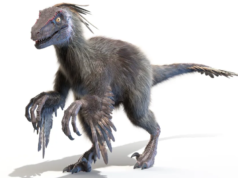
De-extinction is the process where extinct animals are researched and brought back from extinction using advanced scientific methods like gene editing and cloning. Colossal Biosciences is an organization known for their goals to bring back three extinct species back – the dodo bird, woolly mammoth, and thylacine (Tasmanian tiger).
The organization uses tools like CRISPR, a gene editing tool that is at the forefront of technology. These editing tools will let them modify the DNA of close living relatives of the extinct animals and “fill in the gaps” to recreate them as they would have been when they died out.
Their goals aren’t just to see if we can bring back these animals and view them again, but to help ecosystems that once benefitted from these species. Amidst the excitement about the potential of bringing new species back, many are concerns about the implications of ethics and conservation.
Extinction
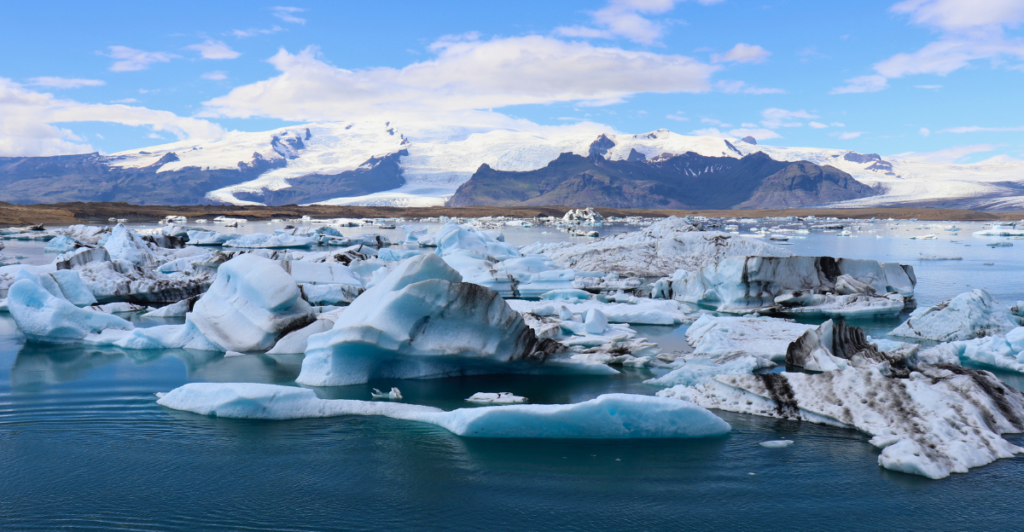
To understand more about the goals of the de-extinction project, we should first learn more about the three animals they’ve set their eyes on and what caused them to go extinct in the first place. The woolly mammoth disappeared only around 4,000 years ago, mostly because of climate change and overhunting by early humans.
The Tasmanian tiger, or thylacine, was hunted to extinction less than a hundred years ago in the 1930s by people who thought it was a danger to their livestock. The dodo bird was hunted to extinction in the 1600s after humans introduced predators into their ecosystem and hunted the birds themselves.
These species made contributions to their habitats and played a role in balancing the ecosystem. They left a gap that scientists believe they could fill once again by reviving them.
How Can They Bring Them Back?

Scientists generally need good quality DNA from the animal in order to understand what made the animals their unique species. Once intact DNA can be extracted from a well-preserved specimen, they can edit their genes using existing relatives who share much of the same DNA.
For example, Asian elephants share 98% of their DNA with the woolly mammoth, so they can be used as a reference point. Thylacine DNA is being taken from museum specimens and revived using small marsupials called dunnarts, who are their closest living relatives. The Nicobar pigeon is being used as an analog for the Dodo bird.
These techniques have already been used in threatened species in Red wolves which shows their application in conservation and helping living species that need to bolster their numbers.
Implications For Nature
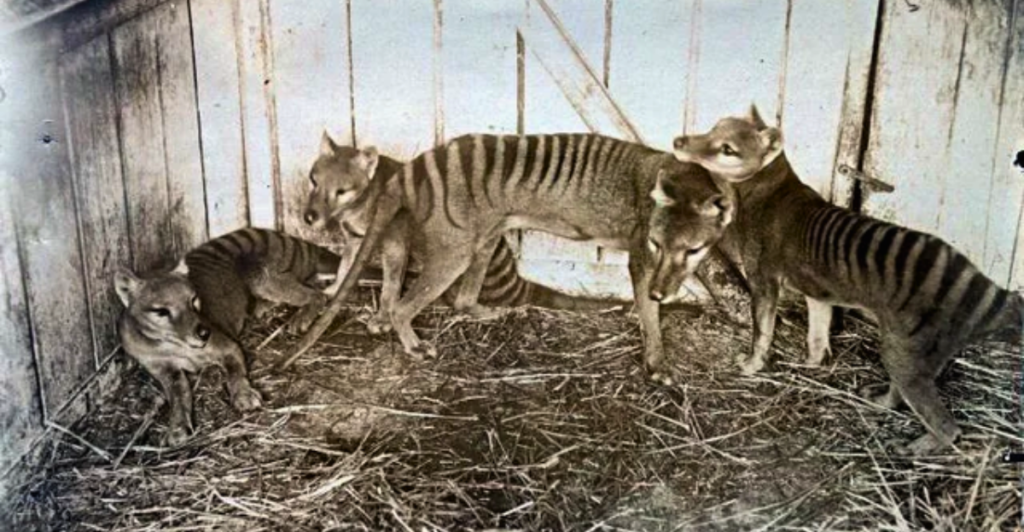
Scientists believe that these three species could really make a positive impact if they are reintroduced into their old environments. The woolly mammoth could help prevent climate change by mitigating Arctic permafrost thaw, which would release greenhouse gases into the atmosphere.
Dodos could have a role to play in Mauritius’ ecological systems. They could help with seed dispersal, which would help repopulate the forests of their ecosystems. Thylacines were once important predator species, and with their reintroduction, they could help mitigate invasive species and control endemic prey species.
These animals would reshape the ecosystem around them and could have a long-lasting impact on the fight for conservation and against climate change.
Ethical Concerns

Amidst the fascination with bringing back a species from the grave, there are ethical concerns that many people have posed. Critics argue that the animals won’t be the exact same animals that once roamed and rather cheaper “copies.” They will be hybrid species that share their DNA with other animals as well.
This argument makes many feel that it wouldn’t be right to try and bring these animals back when the animals can’t be replicated one to one. Others worry about the vast amount of funding that could be better spent elsewhere – such as protecting animals that are still alive but severely threatened.
It may also be too soon to talk about the impacts the animals would have on the environment when they’ve been extinct for so long. These extinct species could compete with already living animals for food sources and drive others to extinction.
New Industries
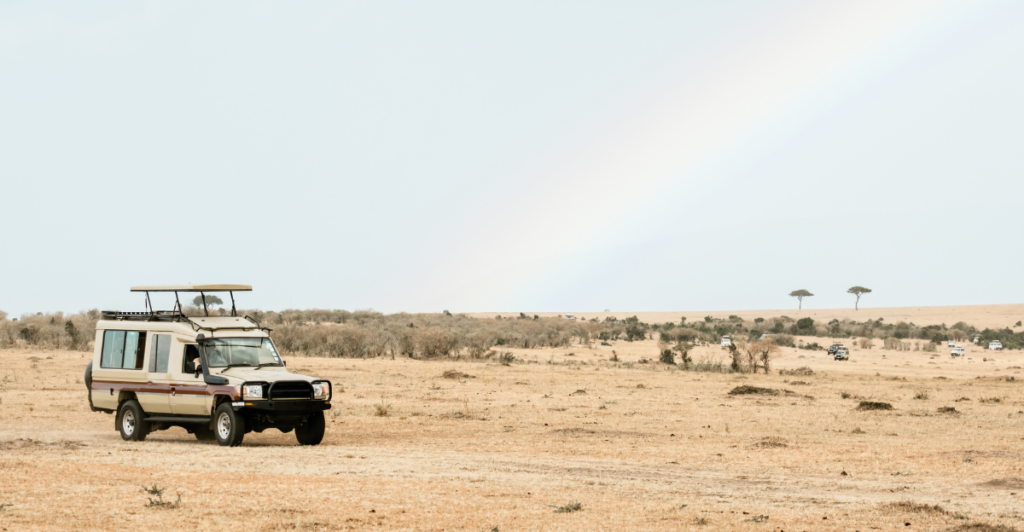
De-extinction is a unique opportunity where entire new industries could be made. Think of Jurassic Park, a one of a kind safari park where you can visit once extinct animals, although this wouldn’t be a work of fiction. Ecotourism trips centered around extinct species would be unlike anything else, but ethical questions about this are raised as well.
Scientists have also discovered byproducts of their research, most notably enzymes from cold-resistant animals, which have implications for medicine and industries. The process is incredibly expensive now and requires a lot of funding.
Just one woolly mammoth clone could cost one million dollars, but supports of the project do believe that in time, the process will become dramatically cheaper and the entire process will have benefits for scientific knowledge and conservation.
Cultural Impact
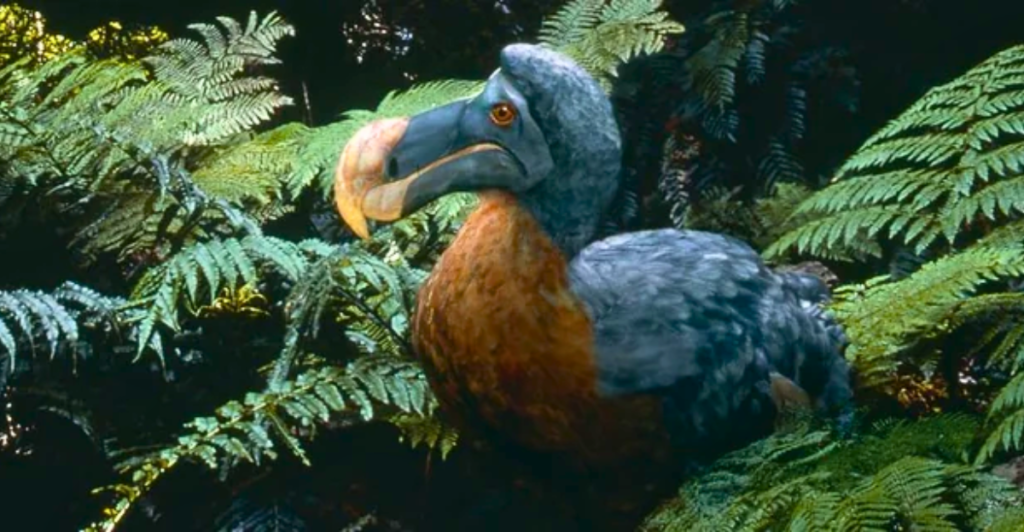
There’s something about extinct species that have a unique cultural impact on our population. It could be a fascination with mystery and intrigue, as these animals once stepped on the same soil as us, just hundreds, thousands, or millions of years before.
Curiousness could also stem from a sense of responsibility, as many of these examples were driven to extinction, at least partly because of humans. The dodo bird is a perfect example of how human interference caused their demise. Conservation negligence caused their extinction, and bringing them back could right the wrongs of our past mistakes.
A survey conducted recently found that most people would support conservation efforts if they also included de-extinction efforts. This was largely because they made environmental issues feel more real.
Challenges

Since the de-extinction process and its technology are completely new and scientists are at the frontiers of the unknown, there are no processes or rules in place on how to handle these species once they’ve been brought back.
Would the animals be considered wild animals, or would they have their own special classification entirely? Would they become their own hybrid species or be considered the same animal as the extinct ones that their DNA comes from?
These are relevant questions that should be considered and evaluated before the time comes for the first revived animal to be born. Careful planning is needed to ensure that nothing goes wrong, such as breeding across other populations and spreading their unique DNA or escaping into other habitats and becoming invasive species themselves.
The Future
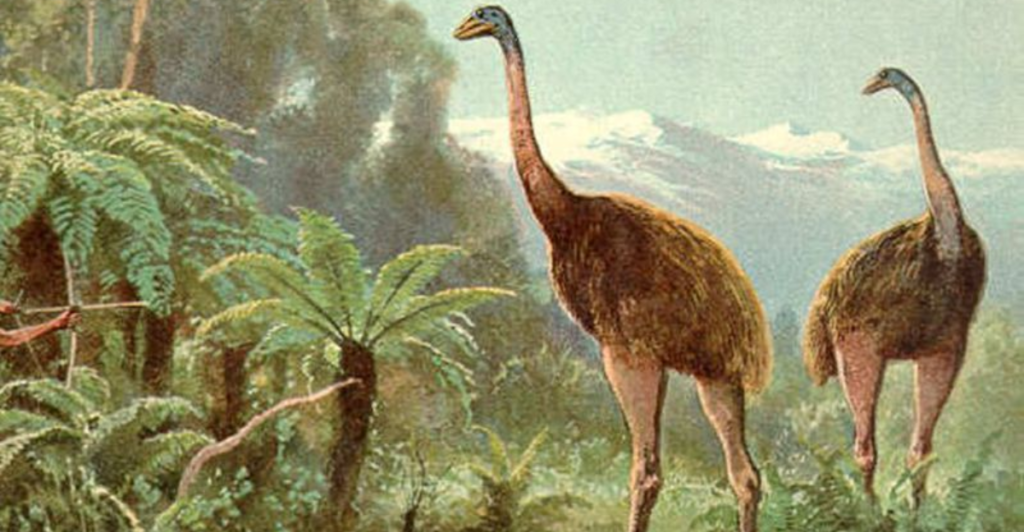
As scientific pursuits into de-extinction make more breakthroughs, the technology and the process is looking more promising by the day. With enough experience and research, scientists believe that in just fifteen years, they may not have to rely on ancient DNA fragments and instead create entire genomes from scratch.
Artificial Intelligence could also make leaps and, by then, have far more accurate predictive analysis, being able to tell researchers what kind of impact revived species would have on modern ecosystems. This could create a space where researchers are well-informed before they begin any trials.
These implications for extinction revival could mean that every country that’s had a unique species go extinct comes back into the fold, such as New Zealand and its giant moa bird or Madagascar and its elephant bird.
Species Conservation
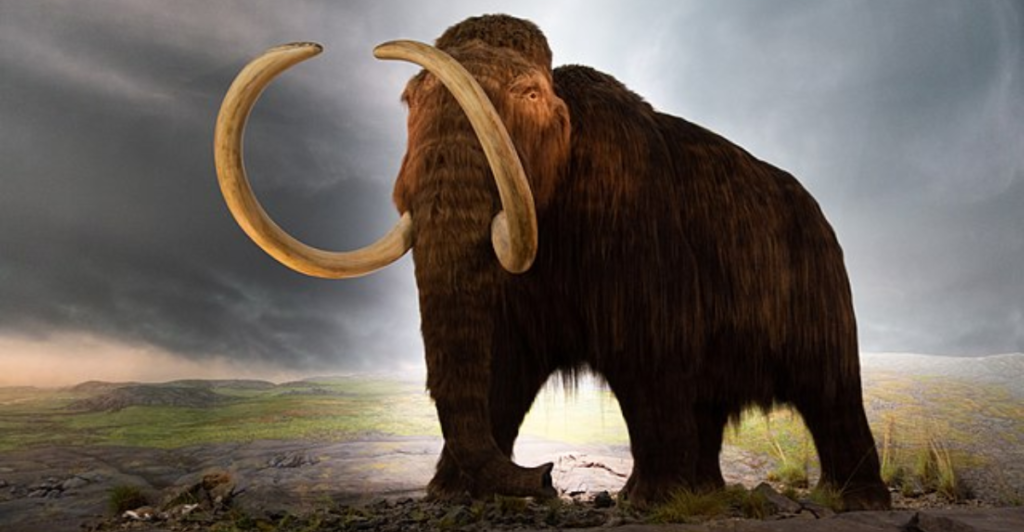
Scientists have stress that they are not trying to bring back these species just for people to gawk at. They are interested in conservation and amending the mistakes of the past while also finding new techniques for protecting all life that lives on the planet.
Ethics and costs will remain an important part of the conversation, as they should. Currently, we are losing around 150 species a day because of human activity.
If de-extinction can help protect current species and the future can see them bringing back recently extinct ones, then they could be seen as giving species a second chance where we failed them the first time.
Explore more of our trending stories and hit Follow to keep them coming to your feed!

Don’t miss out on more stories like this! Hit the Follow button at the top of this article to stay updated with the latest news. Share your thoughts in the comments—we’d love to hear from you!



